Art World
Meet the Controversial Artist Who Keeps Pink-Washing Basquiat’s Old Studio
The facade of the studio, now occupied by Atelier Jolie, has become a battleground for street artists.
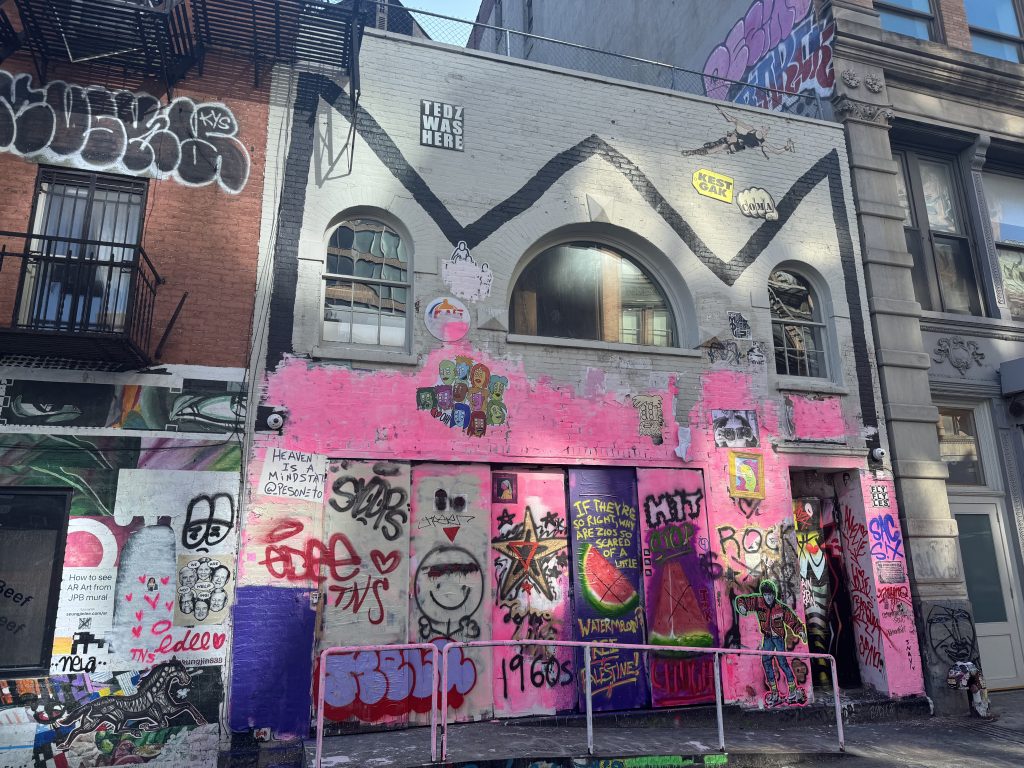
Last week, Roberto Palacio celebrated the equinox by painting perhaps his final wash of pink over Basquiat’s former studio—this time in Stuart Semple’s Pinkest Pink. Palacio has harnessed the ad hoc street art shrine at 57 Great Jones Street as a canvas for six months now, sparking headlines and backlash by destroying artworks left there in tribute.
Palacio told me he’s truly channeling Basquiat, and explained their similarities. Basquiat died on August 12, 1988 in Flatbush, Brooklyn—Palacio was born on August 14, 1988 in the same neighborhood. Basquiat grew up between New York and Puerto Rico, Palacio grew up between New York and the Dominican Republic. Basquiat wanted to become a cartoonist, and Palacio started off drawing Dragon Ball Z.
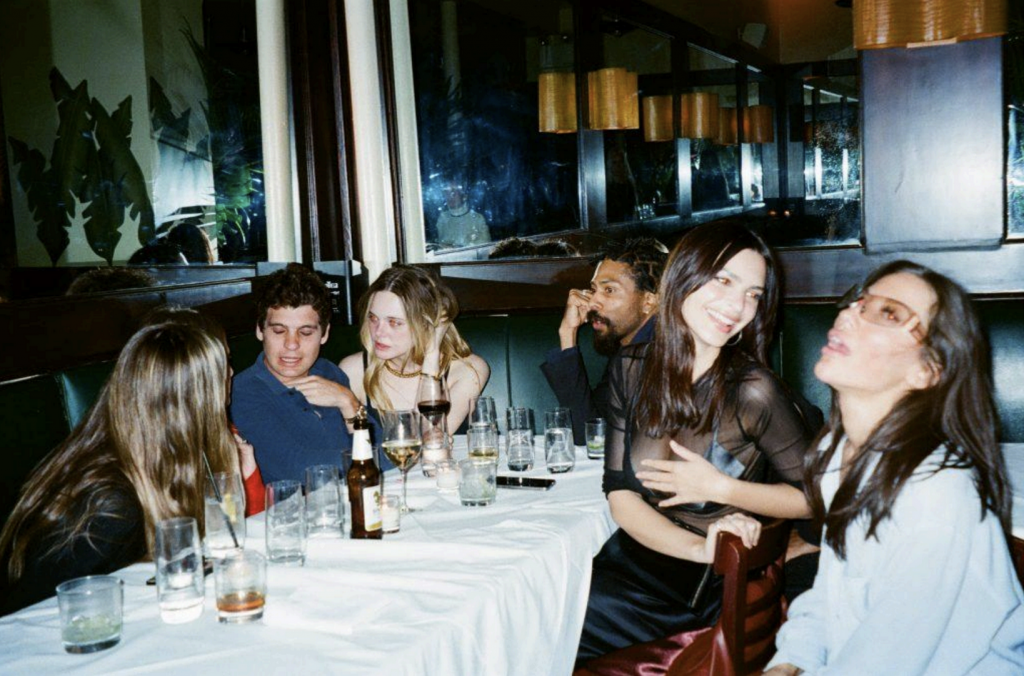
Palacio seated next to Em Rata at Indochine to celebrate Jamian Juliano-Villani’s recent Gagosian debut. Courtesy of Palacio.
Palacio’s conviction that he can channel Basquiat stems from ceremonies he experienced growing up. After a girl brought him to Basquiat’s grave, he began attempting to embody the artist (and later Marvel hero Jericho Drumm). His mixed-media art practice, however, commenced years prior, around 2016. The pink-washing concept took shape in November 2022, when Basquiat’s studio hit the market. Angelina Jolie signed an eight-year lease the following July. Palacio felt moved to action at last. “I’m gonna have to do something shocking,” he recalled thinking, “Are you even an artist if you don’t do anything controversial?”
Basquiat has long inspired street artists for locating a commercial niche, even as he painted on the streets alongside artists such as Al Diaz. Palacio met Diaz at a 2018 show that Adrian Wilson organized at Great Jones Street. There, Palacio said Diaz told him it’s his turn to take up Basquiat’s mantle. Diaz recalled that meeting over the phone: “What struck me most about this kid was how infatuated he was with the idea of becoming famous.”
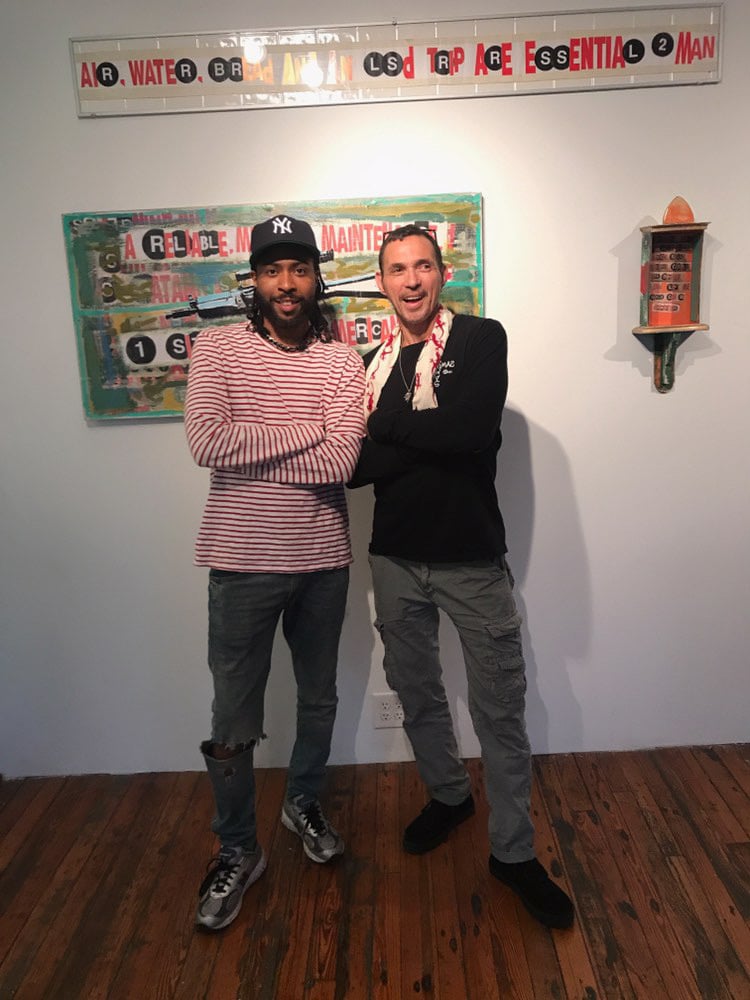
Palacio and Diaz in front of Diaz’s work at the 2018 show. Courtesy of Palacio.
In July 2023, Palacio posted footage of himself ripping down artworks affixed to the exterior of the studio. Commenters decried his destruction. He returned weeks later with paint and a bamboo roller packed into a Louis Vuitton duffel. Jerry Saltz photographed that first lavender wash, but it was Palacio’s next pink-paint hit in August that caught headlines.
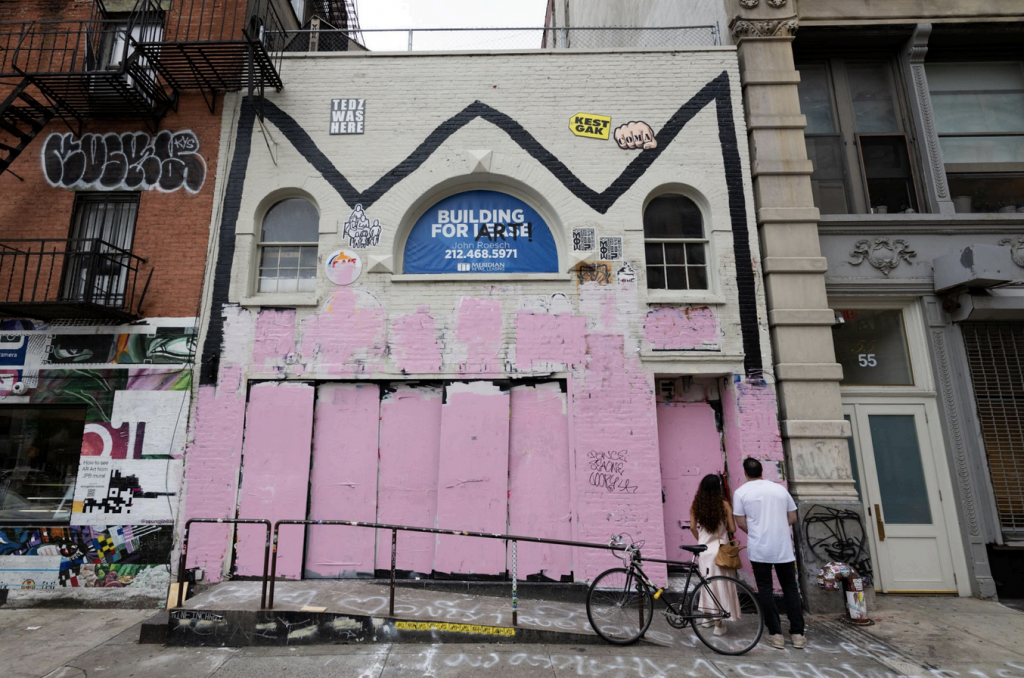
Palacio’s 2023 pink-wash. Courtesy of Palacio.
Palacio likened last week’s pink-wash to the fourth punch in a boxing match. “You don’t knock out your opponent right away,” he explained. He said he’s not fighting street artists, but the misinterpretations of Basquiat raised in a 1993 essay by bell hooks in which she recounted trying—and failing—to get a single viewer at the Whitney to explain their emotional resonance with Basquiat’s work. Palacio said his successive purple and pink washes aim to recreate the ancestral plane from Marvel’s Black Panther films, opening a portal to the late artist while “pushing” the artworks honoring him into the spirit realm. It’s his way of staging a rebirth for Basquiat’s authentic spirit rather than the glitzy, celeb-studded version that fans idolize—or profit from.
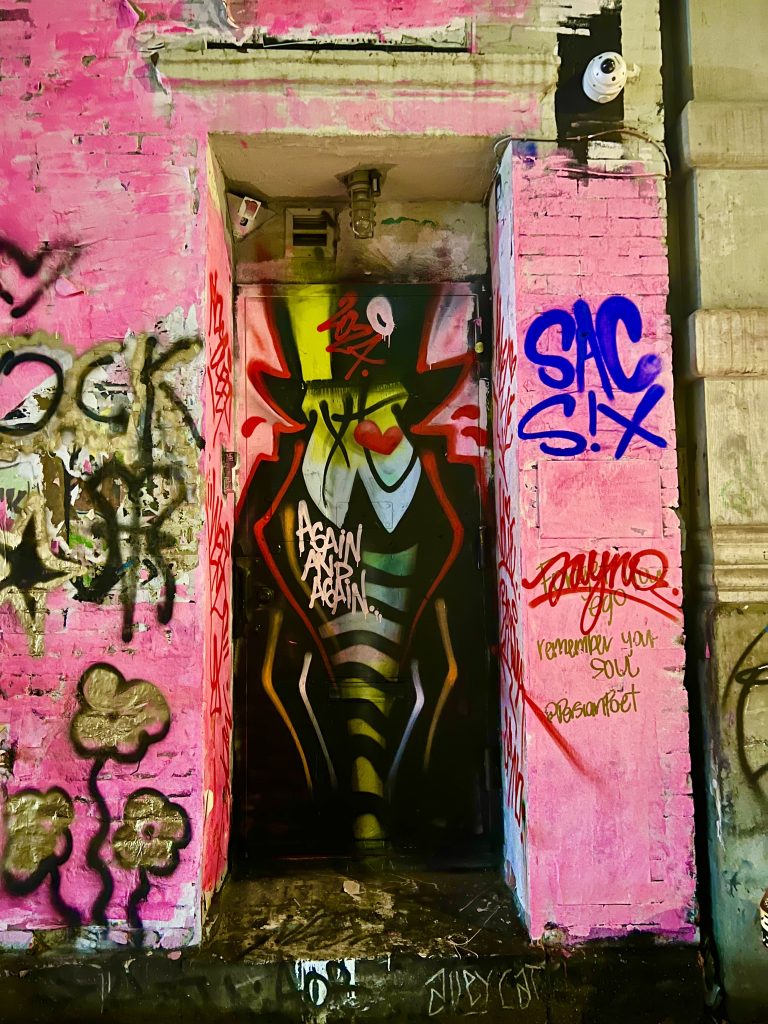
Optimo’s character surrounded by fresh tags following the latest pink-washing. Courtesy of Optimo.
Palacio’s even considering one more wash—which is not sitting well with other street artists. “I think that’s bullshit,” remarked Optimo, the graffiti writer who wrested the Bowery Mural Wall from the Goldmans last year, about Palacio’s intentions. “I think he’s making shit up.” They’re not backing down, either. Optimo has replaced his work. Other artists, like Individual Activist, will too. “We will not be pink-washed,” she told me.
In graffiti, going over someone else’s work is only halfway excusable if the new addition is superior. The street artists and graff writers I spoke to argued that Palacio’s not making art. Optimo compared him to the buff (buffing means to paint over or erase another graffiti artist’s work). But Palacio likens himself to Rauschenberg and Rothko, producing fine artworks to accompany each stunt, in a series titled “The Erasure of Jean.” Perhaps more bold-faced than his antics are the prices he’s attached to these canvases: one from his first wash is tagged $40,000, another from his latest mission is going for $2.5 million. Pending force majeure, he thinks the spectacle will only end when he’s in the position to carry Basquiat’s work forth.





